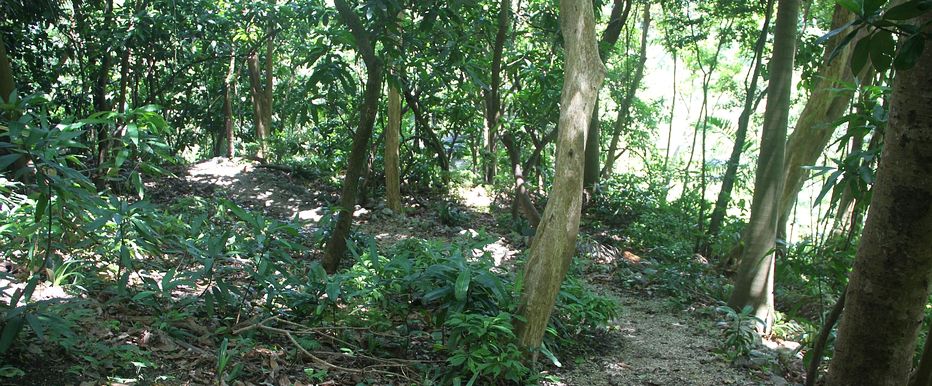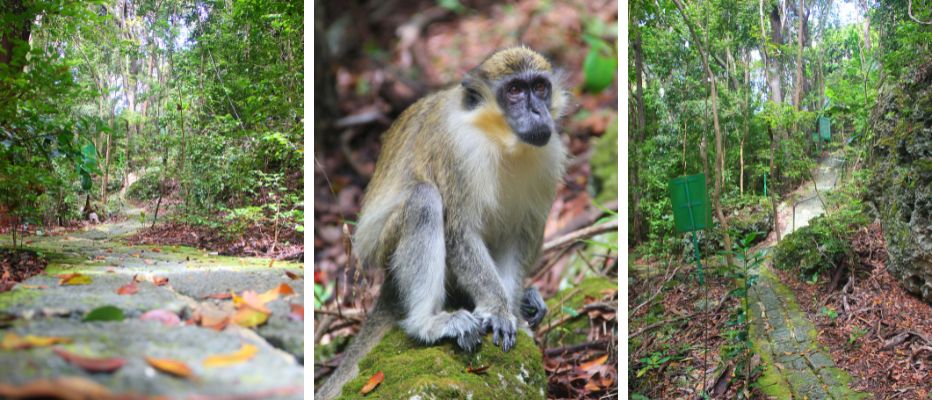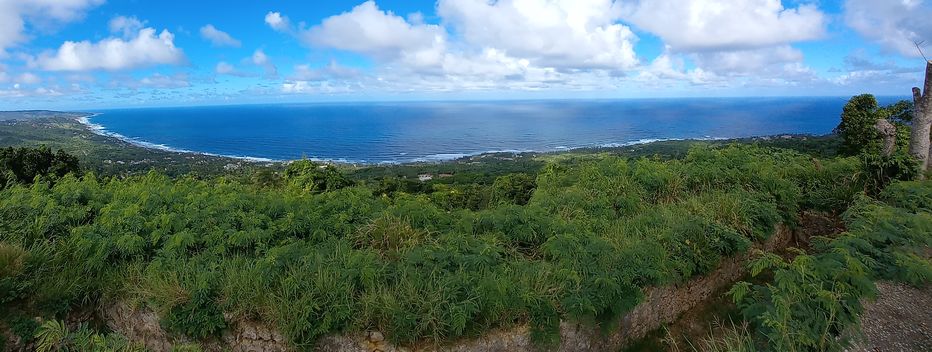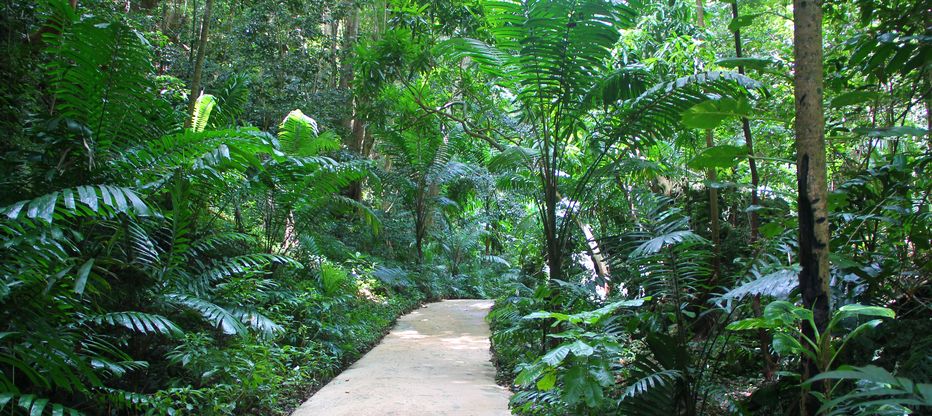Barbados Forests
Prior to the arrival of English settlers to the island in 1627, Barbados was heavily forested. While deforestation got off to a gradual start, the explosion of the sugar industry triggered widespread land clearance for numerous sugar plantations.
Fortunately, pockets of these once-forested regions have managed to endure the test of time. Even more encouraging is that dedicated reforestation initiatives are currently in progress! Let's explore these resilient areas...
Coco Hill Forest
Coco Hill Forest covers 53 acres in the central-eastern area of the island. It is a guiding light in the preservation and restoration of Barbados' natural environment. Here you're invited to connect with nature, learn about forest conservation, discover native flora and fauna, and see the island from a whole new perspective.

Coco Hill Forest focuses on replanting and restoring native trees and vegetation. They are dedicated to sustainable land management practices, promoting eco-friendly agriculture.
Hit the trails on a self-guided walking tour exploring at your own pace, or book a guided tour for more in-depth information and insights.
🌳 Explore Coco Hill Forest
Grenade Hall Forest
Grenade Hall Forest is part of a dual attraction with the ajoining Barbados Wildlife Reserve. As you explore the forest you can see green monkeys, explore a historic Signal Station, and walk through an intriguing cave!

Signage throughout the forest reveals the its history, flora, and fauna including traditional medicinal use of many of the plants found here. The atmosphere within the forest is incredibly peaceful, and there are several benches where you can relax and enjoy the serenity.
🐒 Explore Grenade Hall Forest
Hackleton's Cliff
The most heavily forested area of modern Barbados lies just below Hackleton's Cliff on the eastern side of the island.
Barbados has a distinct dry season of 3 to 5 months, and local forests have adapted accordingly. The result is that at lower elevations single canopy dry forests are found, whereas at higher elevations two-tiered moist forests exist.

There are several hiking trails in the area, and guided hiking tours are available. Hikes typically descend from the clifftop, followed by a walk through the woods where you'll discover the medicinal plants and fruit trees in the forest.
🌳 Explore Hackleton's Cliff
Welchman Hall Gully
Barbados is dotted with numerous "gullies", ravines carved out by the forces of nature. These gullies provide habitats for a wide variety of plants, trees and animals. Traditionally they also served as pathways across the island (before modern road networks) and a refuge from hurricanes by the indigenous people of the island.

Exploring Welchman Hall Gully gives unique insight into the geological and botanical wonders of Barbados. Traversing the well-maintained pathways you'll see how gullies are formed from collapses of natural caves, and be introduced to a wide variety of tropical trees and shrubs.
🌿 Explore Welchman Hall Gully
Benefits of Reforestation
✅ reduced soil erosion and land slippage
✅️ increased biodiversity
✅️ creation of spaces for relaxation and exercise
✅️ improved water quality
Hike With A Local Guide








